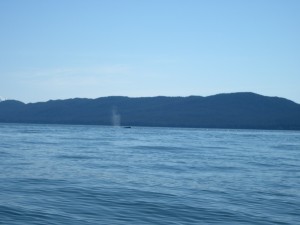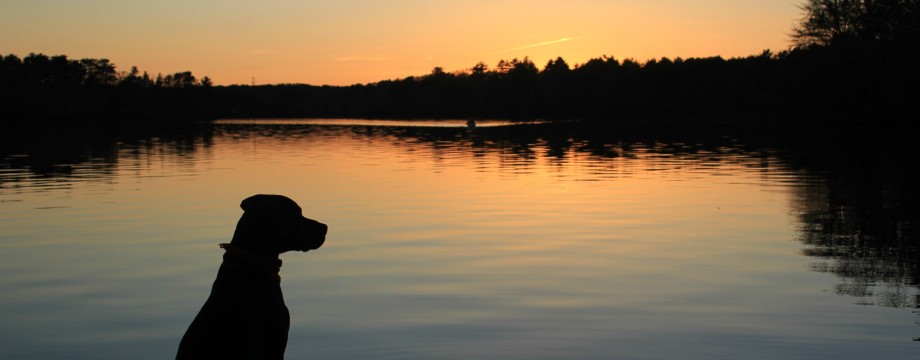A guide to staying safe and having fun in a kayaking paradise.
Introduction
Alaska, “The Last Frontier”, is a paddling paradise. At approximately 1/5th the size of the entire continental US, it is by far the largest State (not everything is bigger in Texas folks) and contains a coastline of nearly 47,000 miles (Source). This epic coastline supports a wide variety of wildlife, both sea and land, and landscapes filled with mountains, untouched forests, fjords, and glaciers. Kayaking is one of the best ways to see and experience its wonders. However, paddling the scenic coasts of Alaska, though beautiful, can be dangerous if you’re not properly prepared.
About a year and a half ago now, I moved to Juneau. Juneau is located in Southeast Alaska in the northern part of the inside passage. There are glaciers, a plethora of islands, and an abundance of wildlife all within easy paddling range. Being new(ish) in town, I tend to paddle alone (not a good idea) but planned wisely and picked nice days. I’ve had no issues until this summer, even though it was my best day of paddling to date.

Best picture I could muster…
After months of constant rain, the sun finally poked its warm, bright head through the clouds and brought a weekend of clear skies. Sometimes you can forget the sky is blue up here. It got so warm, that NOAA reported it hitting over 90 degrees! A rare day in Alaska indeed. So, I planned with the tides in mind and left Amalga Harbor with the tide going out, so that way when I’m tired after my day trip, I wouldn’t have to fight the tides on the way in.
It was fantastic! The water was flat, the air hot with a slight breeze to keep me cool. After about an hour or so I reached the first island and heard a blowing noise. I stopped paddling and about 100 yards away I saw it. A spout! Then I saw another, and another. I saw the tail as one of the whales dived and identified it as a Humpback. Life goal, check! Once the humpback’s were out of sight, I turned north west and headed toward the next island on my trip. This one had a rocky beach and I planned to land and each my lunch.
After rounding the backside of the island, the wind turned from a light breeze into something much worse. The ocean swelled. The nice flat water turned into a white-capped mess between me and my island break. I was caught off guard, tired, and alone. The island, no more than a half mile away, seemed almost unreachable.

Warm, Dry, Safe Island with a View!
Thankfully, I caught a second wind, made it to the island exhausted. After getting some food and water down, I continued my trip and had a nice calm, easy paddle home. I realized that day, however, that I was far less prepared than I originally thought and vowed to myself that I would never be caught off guard alone again.
This series will be a guide, for all of us, to paddling safely in Southeast Alaska. I will be presenting my research over the next few months as I plan a trip to Glacier Bay National Park this spring or summer. While I will be primarily focused on soloing (i.e. Paddling alone), which I don’t recommend by the way, the ideas that will be presented are applicable for paddlers everywhere.
Stay tuned for the first real article -> Weather: It’s out of our control!
– Toes



